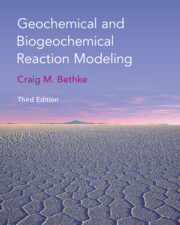The built environment is subjected to several pollutants under variable environmental conditions defined by diverse geochemical systems. These geochemical systems promote the occurrence of neoformations that can have a detrimental effect on surfaces of the building materials. Hence, the study of neoformations helps in the understanding of weathering processes that affect built structures. In the present paper we present a scanning electron microscopy study of macroscopic manifestations of neoformations detected during an extensive visual survey of several modern architectural works in urban areas of northern and central Portugal. The studies performed suggest that cementitious materials play an important role as a source of pollutants for the most common neoformations such as carbonate rich stains and coatings, as well as salt efflorescences of alkaline sulphates and carbonates. There are also indications of contributions from organic sources for alkaline nitrates and atmospheric pollution for gypsum-rich black crusts. Other less common neoformations include phosphate aggregates and silica stains that represent interesting indicators of the geochemical systems in built environments. In the case of carbonate-rich coatings, indications of recurrence related to the circulation of carbonate forming solutions relevant to the maintenance of built surfaces were detected.
